
Overview
Tawaraya Sotatsu, who emerged from Kyoto's merchant class, was one pioneer of the Rimpa School in the early Edo Period, and Ogata Korin consolidated it in the mid-Edo Period. The school is not hereditary but is propagated by artists, who admire Sotatsu and Korin, and follow their styles. Rimpa is characterized by a notable use of space; abstract, vibrant designs; and creative playfulness. The works of Kyoto-based Nihonga artists continue the Rimpa style 400 years after its inception.
-
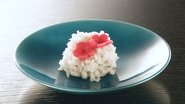 2 - 1
2 - 1 -
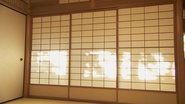 2 - 2A Washi Capital: Paper of Diverse Beauty and Use for City Life February 06, 2014
2 - 2A Washi Capital: Paper of Diverse Beauty and Use for City Life February 06, 2014 -
 2 - 3Obanzai: The Frugal Wisdom of Kyoto's Home Cooking February 20, 2014
2 - 3Obanzai: The Frugal Wisdom of Kyoto's Home Cooking February 20, 2014 -
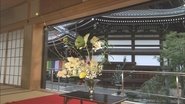 2 - 4Ikebana: Revealing the Full Potential of Flowers March 27, 2014
2 - 4Ikebana: Revealing the Full Potential of Flowers March 27, 2014 -
 2 - 5Calligraphy: Elegance Within a Black-and-white Universe April 03, 2014
2 - 5Calligraphy: Elegance Within a Black-and-white Universe April 03, 2014 -
 2 - 6
2 - 6 -
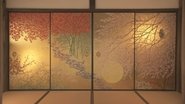 2 - 7Rimpa: An Artistic Style Transcending Time May 01, 2014
2 - 7Rimpa: An Artistic Style Transcending Time May 01, 2014 -
 2 - 8
2 - 8 -
 2 - 9Kyo-yuzen: Garments of Beauty Radiate Elegance June 05, 2014
2 - 9Kyo-yuzen: Garments of Beauty Radiate Elegance June 05, 2014 -
 2 - 10Kyoto Dolls: Adored by All, Their Grace Brings Peace June 19, 2014
2 - 10Kyoto Dolls: Adored by All, Their Grace Brings Peace June 19, 2014 -
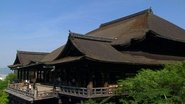 2 - 11
2 - 11 -
 2 - 12
2 - 12 -
 2 - 13
2 - 13 -
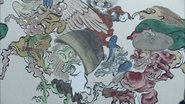 2 - 14Legends of the Spirit World: The Mysterious Inspires Awe in the Townsfolk September 04, 2014
2 - 14Legends of the Spirit World: The Mysterious Inspires Awe in the Townsfolk September 04, 2014 -
 2 - 15Gozan-no-okuribi: Ceremonial Bonfires Give Ancestors Safe Passage September 18, 2014
2 - 15Gozan-no-okuribi: Ceremonial Bonfires Give Ancestors Safe Passage September 18, 2014 -
 2 - 16
2 - 16 -
 2 - 17Noh: A Spiritual Performing Art Bridging Fantasy and Reality October 16, 2014
2 - 17Noh: A Spiritual Performing Art Bridging Fantasy and Reality October 16, 2014 -
 2 - 18Dynastic Culture: The Graceful Form of the Heian Aristocracy November 06, 2014
2 - 18Dynastic Culture: The Graceful Form of the Heian Aristocracy November 06, 2014 -
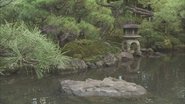 2 - 19Kyoto Gardens: Aesthetic Spaces Mirror Nature November 20, 2014
2 - 19Kyoto Gardens: Aesthetic Spaces Mirror Nature November 20, 2014 -
 2 - 20Shinise Food Culture: The Taste of Kyoto Links Past and Present December 04, 2014
2 - 20Shinise Food Culture: The Taste of Kyoto Links Past and Present December 04, 2014



